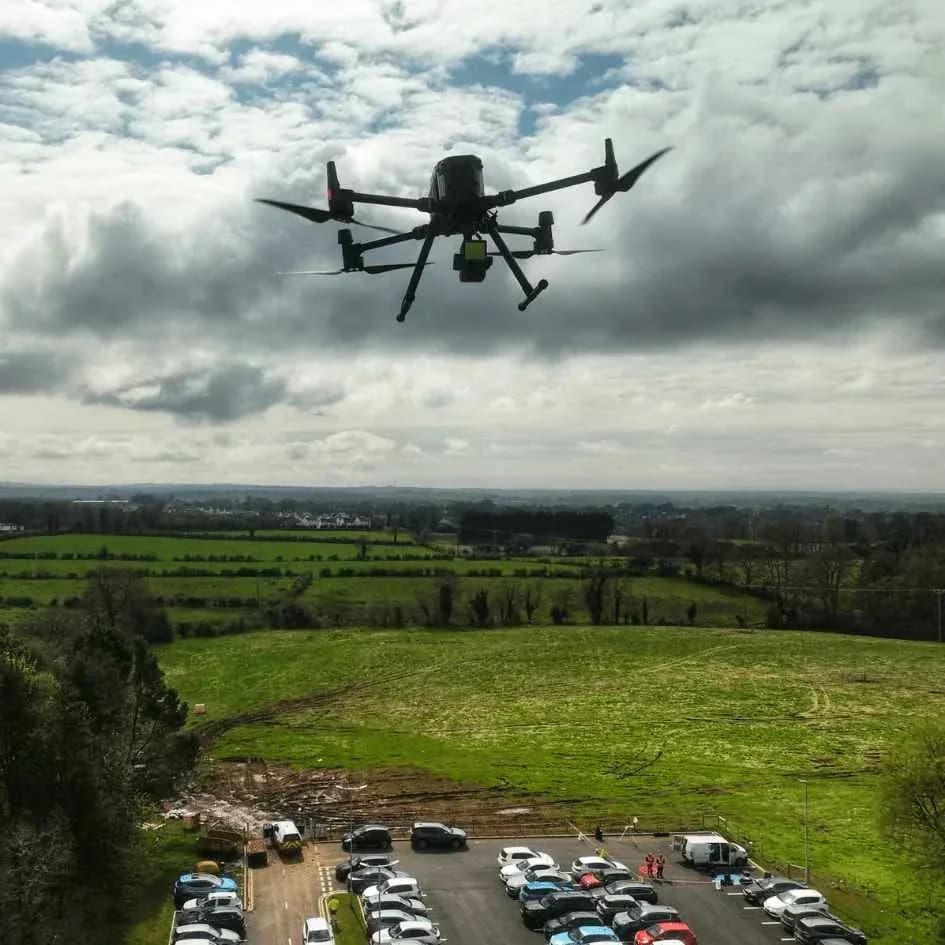
The truth is, legally flying a drone in a UK public park is rarely a straightforward 'yes'—as my experience as a GVC licensed pilot has shown me, it’s a patchwork of airspace restrictions, council-specific bylaws, and on-the-day safety checks.
Before even considering a flight, I'm checking airspace maps like Drone Assist for restricted zones, then digging into that specific council's website to see if their bylaws only restrict takeoff and landing from park land, which is a crucial distinction. Whether you're a hobbyist drone pilot wanting to fly for fun or a photographer looking to capture that perfect shot, this guide gives you the professional pre-flight process I use to stay safe and avoid hefty fines.
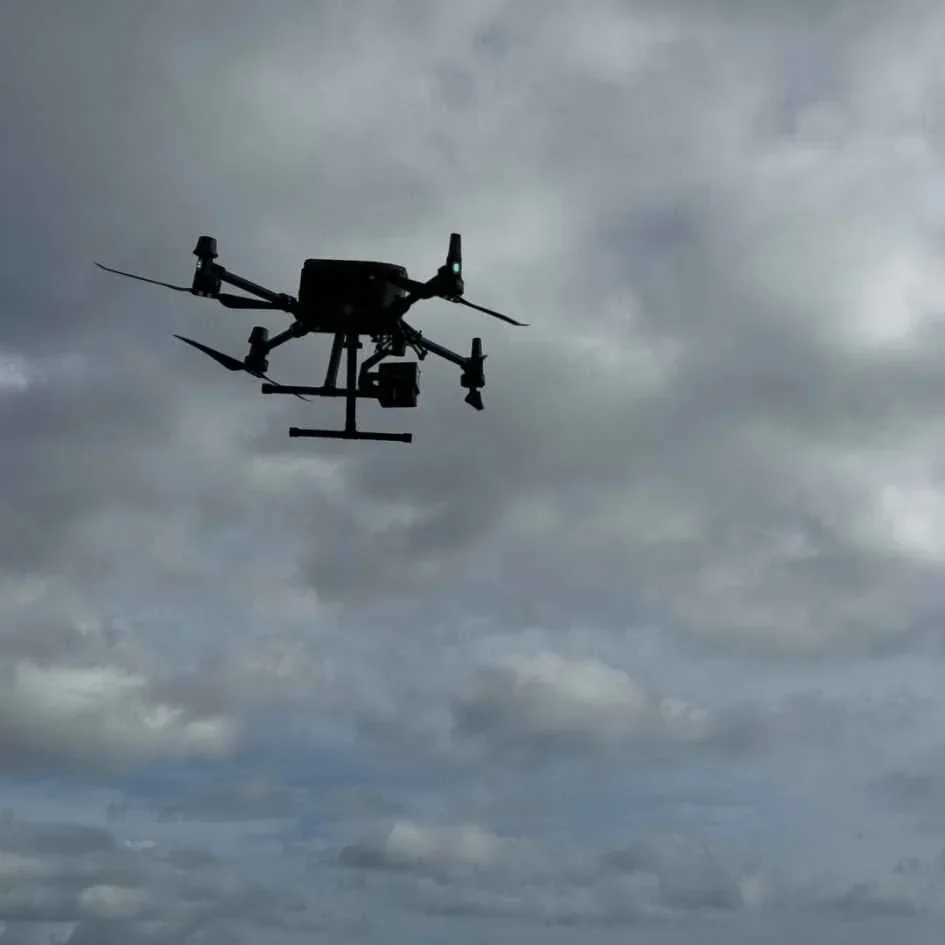
30 Second Summary
- Flying drones in UK public parks requires compliance with both CAA regulations and local council bylaws
- Many UK councils restrict or ban recreational drone usage in parks without prior permission
- Drones under 250g face fewer restrictions, while heavier drones require greater distances from people
- All drone operators with craft weighing 250g or more must register with the CAA
- Penalties for illegal drone use include on-the-spot confiscation, fines up to £2,500, or imprisonment
Drone flights in UK public parks depend on national laws and local council bylaws
When flying drones in UK public parks, you'll need to navigate a complex web of regulations. My very first step, always, is to check for airspace restrictions. I use an app like Drone Assist or DroneScene to see if the park is inside a Flight Restriction Zone (FRZ), which you’ll find around airports, prisons, or sensitive sites. If it's in an FRZ, flying is a non-starter without special permission.
If the airspace is clear, the next layer is the Civil Aviation Authority (CAA) and their Drone and Model Aircraft Code, which applies everywhere in the UK. However, this is just the baseline. Local councils have the authority to implement their own bylaws for the parks they manage.
These can prohibit drone flying entirely, limit it to designated areas, or require permits. It’s a real patchwork of rules across the country, so you have to check each specific council's policy online before you head out.
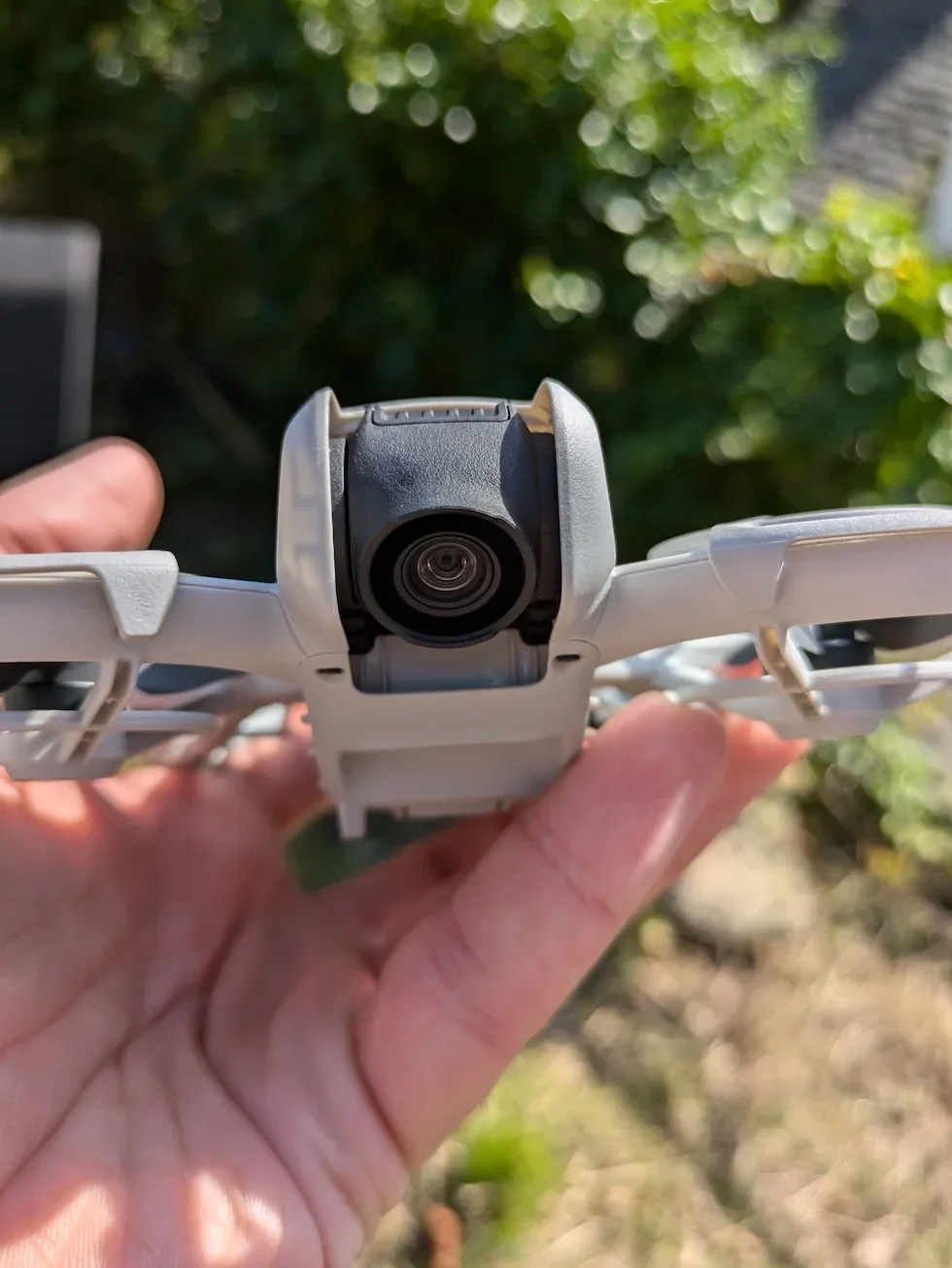
Many councils restrict or ban drones in parks unless explicit permission is granted
While national regulations provide a framework, the reality is that many UK councils have strict "no drone" policies. Councils in London, for instance, are notoriously restrictive. It's crucial to understand what these bylaws actually mean. Usually, they prohibit you from taking off or landing your drone on council-owned land. Doing so could be considered trespassing.
Understanding Bylaws: The "Takeoff and Landing" Rule
This brings up a tricky but important point: the council's authority typically ends at its park boundaries. Technically, if you get permission to take off and land from an adjacent private property, you can legally fly over the park, provided you adhere to all CAA safety rules. It's a method I've used before, but it requires careful planning and, most importantly, the landowner's explicit consent. You can't just set up in a random car park or garden.
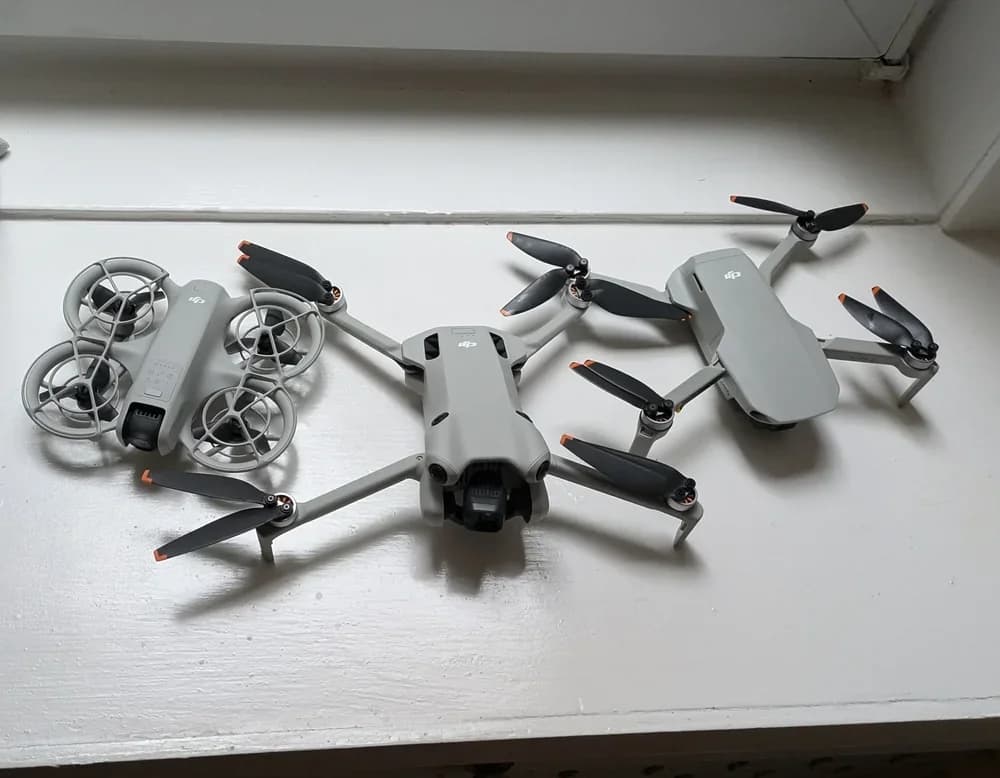
Drone weight categories under the UK regulations affect whether park flying is legal
The UK's drone regulations divide aircraft into weight categories, which directly impacts how and where you can fly, especially in a place like a park.
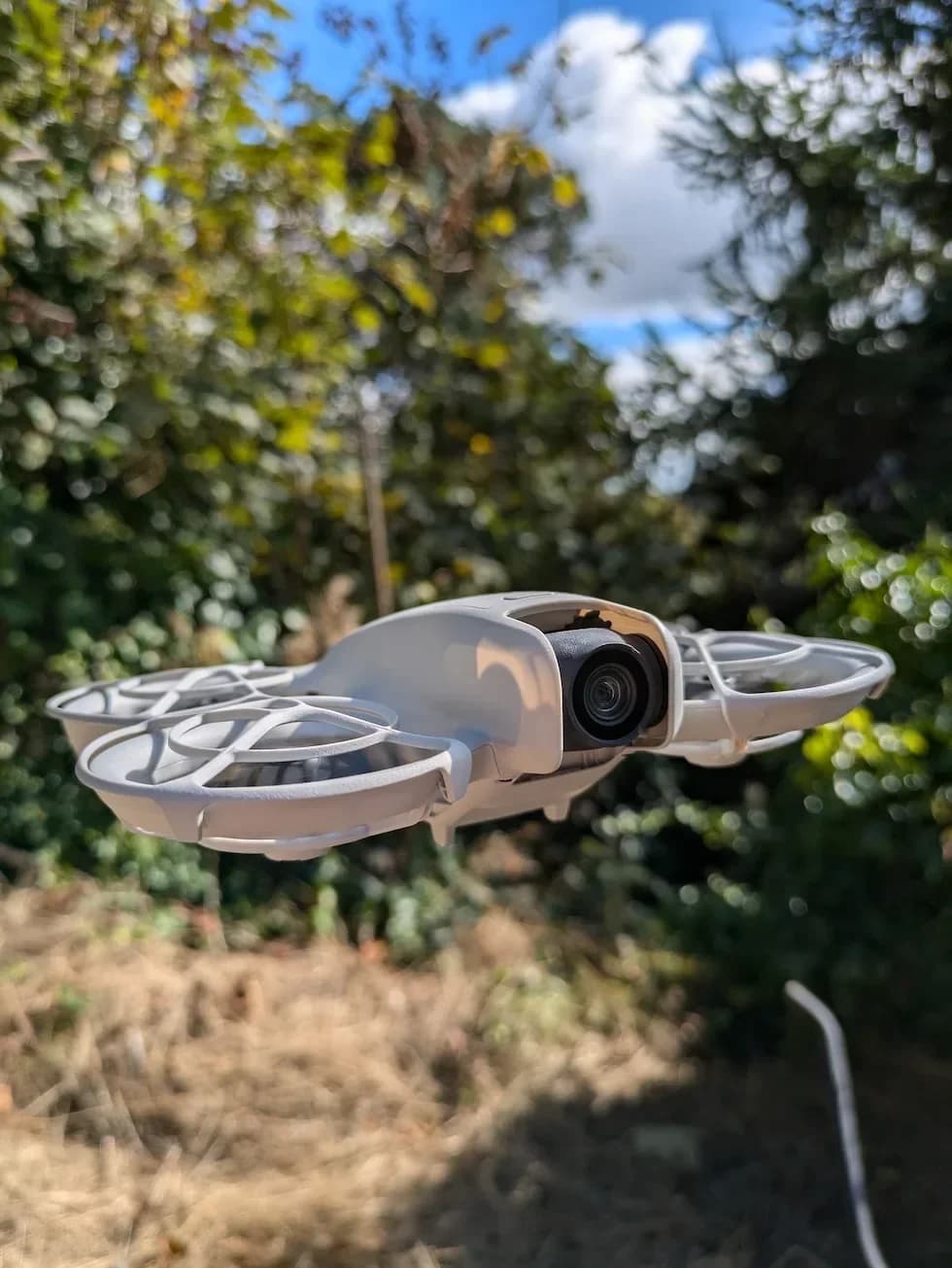
The Sub-250g Advantage
My advice is that if you're keen on park flying, a drone under 250g is your best friend. These C0/A1 category drones have the fewest restrictions. The big one is that while you still can't fly directly over people, the rules are more relaxed.
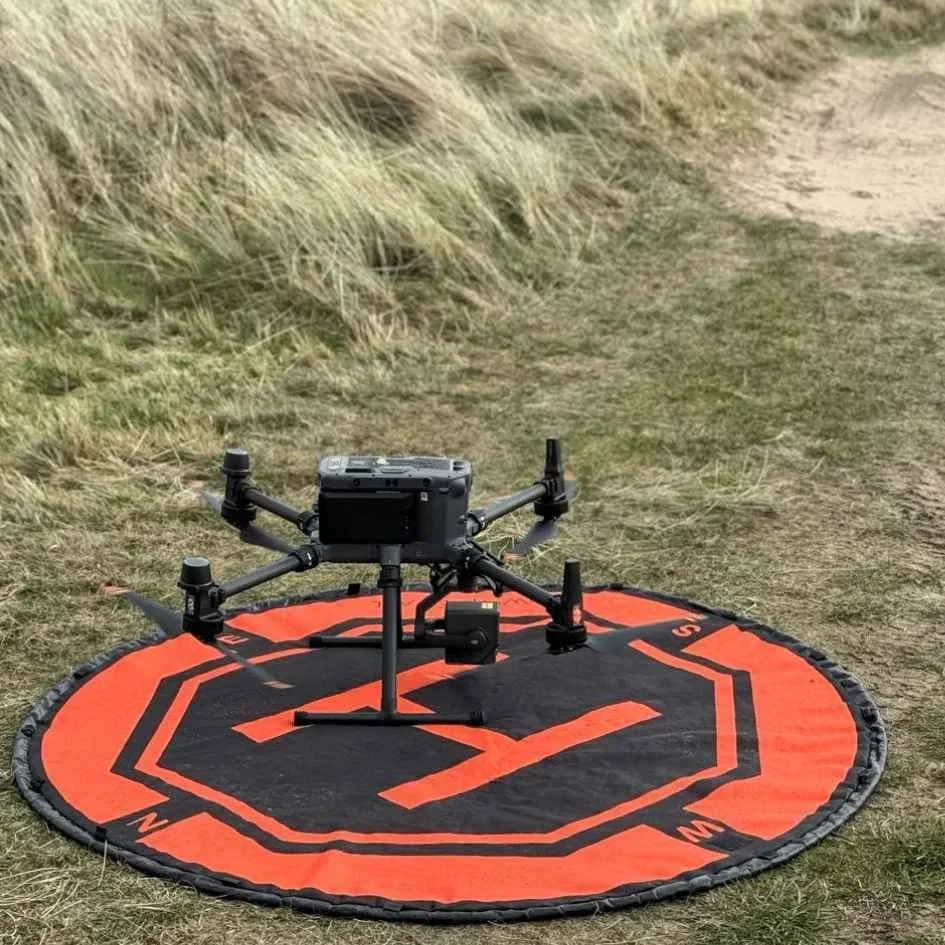
Flying Heavier Drones: The Challenges
For anything heavier, the separation distances increase significantly. A C2 drone (500g-2kg) needs to stay at least 30m away from people, which can be almost impossible in a moderately busy park. A drone over 2kg requires a 150m buffer from recreational areas, effectively ruling out park flights entirely.
You also need to consider how busy the park is on the day, as the CAA forbids flying over crowds—a term they leave open to interpretation. To stay safe, I follow my own 1-to-1 rule as a best-practice guideline: if I'm flying at 60 metres high, I keep at least a 60-metre horizontal distance from any uninvolved people.
This isn't an official CAA rule, but it's a great way to ensure you're maintaining a safe buffer.

Pilots must hold CAA registration and flyer ID to legally operate drones in public parks
Two essential requirements apply to all drone pilots operating in UK public parks. Think of these as your license to fly; without them, you're grounded. If your drone weighs 250g or more, you must register as an operator with the CAA for a small annual fee. You'll get an operator ID (it starts with "OP") that must be clearly visible on your drone.
Separately, you need a flyer ID (starting with "FLR"), which you get by passing the CAA's free online theory test. This covers the essential safety rules and proves you understand the Drone Code. It’s valid for five years, and you should always be prepared to show it to police or officials if asked. Flying without these is an an immediate red flag and can lead to a hefty fine.
Illegal drone use in public parks can result in fines, confiscation, or legal action.
The last thing you want is for a fun flight to end with your expensive gear being taken away. Violating drone regulations in UK public parks carries serious consequences. Police have the power to confiscate your drone on the spot if they suspect illegal operation.
Beyond that, you could face fines starting at £1,000 just for not being registered. For more serious offences, like endangering people or major privacy breaches, you could be prosecuted under the Air Navigation Order, leading to fines of over £2,500 or even jail time. And don't forget civil liability—if you cause damage or injury, that's on you. Most standard insurance won't cover it, which is why specialist drone insurance is something I'd never fly without.
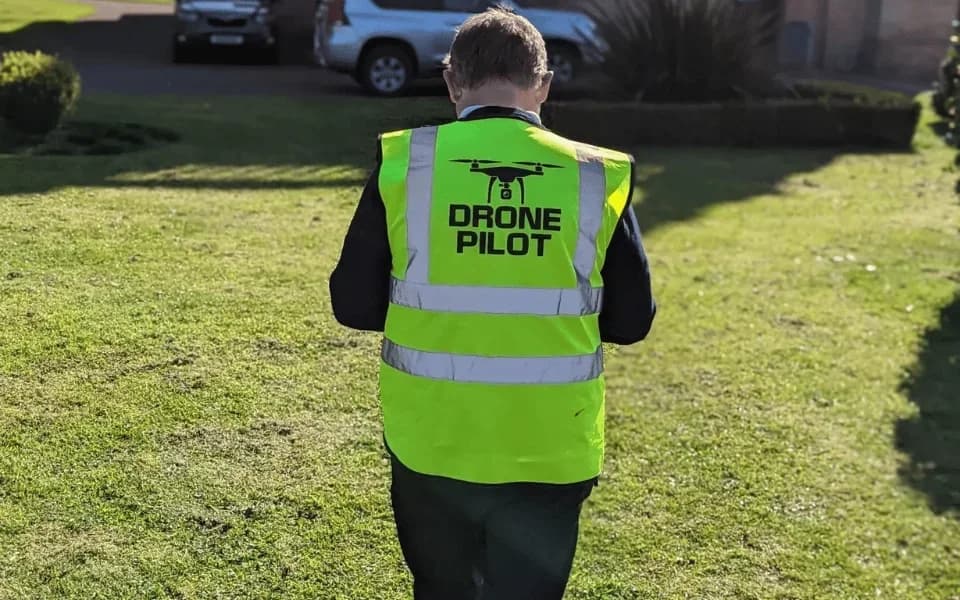
Your Pre-Flight Checklist: A Step-by-Step Guide
Before I even leave the house, I run through these essential steps. Think of it as your go/no-go sequence for a safe and legal park flight:
Airspace Check (Do this from home): Open an app like Drone Assist or DroneScene. Check for any FRZs or other airspace restrictions over the park. If it’s restricted, the flight is a no-go.
Council Rules Check (Do this from home): Find the local council's website and search for their policy on drones or "model aircraft" in parks. If they have a ban, note that this applies to taking off and landing on their property.
On-Site Assessment (Do this when you arrive): Walk the area first. How busy is it? Are there crowds, children playing, or dogs off the lead? Assess the wind and weather conditions. If it feels too busy or unsafe, trust your gut and pack up.
Privacy Scan: Be mindful of your surroundings. Are you near private gardens, windows, or schools? Ensure your flight path respects the privacy of others and avoids any perception of surveillance.
Frequently Asked Questions
Are Night Flights Permitted in Public Parks?
Night flights with drones aren't generally permitted in UK public parks. You'll face restrictions under both CAA regulations and local bylaws. Most parks close at dusk, and flying at night presents significant safety risks. Without proper lighting and permissions, you're likely breaking the law. Night operations require specific CAA authorization and enhanced visibility systems. Always check local park rules and obtain necessary permissions before attempting any night flights.
Can I Fly Over Park Events or Crowded Areas?
No, you should never fly over park events or crowded areas. The Civil Aviation Authority (CAA) explicitly prohibits flying over crowds for safety reasons. While the CAA doesn't give a hard number for what constitutes a "crowd," it's generally understood to be any gathering of people where they can't easily move away. You must not fly directly over uninvolved people and it's best practice to maintain a safe horizontal distance at all times. Flying over gatherings is just asking for trouble if your drone malfunctions.
Is Drone Insurance Required for Public Park Flights?
Insurance isn't a legal requirement for recreational flying in UK parks, but from my perspective, it's non-negotiable. I strongly recommend getting liability insurance to cover potential damages or injuries. Drone associations like the British Model Flying Association often include it with membership. If you're flying commercially, insurance is mandatory. Think of it as your safety net; a small annual fee is much better than a massive bill if something goes wrong.
How Close to Wildlife Can I Legally Fly?
You shouldn't fly closer than 50 meters to wildlife. The law is about not disturbing or harassing animals. Birds, in particular, can see a drone as a predator and become highly stressed. From experience, the best approach is to keep a huge distance and watch for any change in animal behaviour. If you see signs of distress, you're too close and need to back away immediately. Their welfare always comes first.
Do Weather Conditions Affect Legal Flying Status in Parks?
Yes, absolutely. The weather is a huge factor in whether a flight is legal and safe. Flying in rain, fog, or strong winds violates CAA safety rules because you can't maintain a clear visual line of sight with your drone, which is a legal requirement. I've had to scrub many planned flights because the weather turned. It's frustrating, but it's part of being a responsible pilot. Always check the forecast, and never push your luck with bad weather.
Need Professional Park Footage Without the Hassle?
As this guide shows, flying a drone legally in a UK park is a complex task requiring careful checks of airspace, council bylaws, and on-site conditions. For businesses needing guaranteed, high-quality aerial footage without the regulatory headache, HireDronePilot.uk solves this specific challenge. Our network of GVC-certified and fully insured pilots are experts at navigating these complexities, from securing council permissions to ensuring every flight is fully compliant.
As the UK's premier managed marketplace, we specialise in connecting businesses with verified professional drone pilots for hire. We streamline drone services through competitive bidding, ensuring quality, compliance, and value for every aerial project across the United Kingdom. Instead of risking fines or project delays, let an expert handle it. Visit https://hiredronepilot.uk/ to get a quote from a local, vetted professional and ensure your vision takes flight, legally and safely.
About the Author

Written by
Peter Leslie
Peter Leslie is a CAA-approved commercial drone pilot with 10+ years experience and over 10,000 flight hours. He holds the GVC and A2 CofC drone licences with full CAA Operational Authorisation. Peter is a member of ARPAS-UK, the UK's non-profit trade association for the drone industry. He founded HireDronePilot to connect UK businesses with qualified, insured drone operators.
Looking for More Drone Work?
Join the UK's leading network of professional drone pilots and grow your business.
Open Access
Bid on any job - all jobs open to all pilots
Grow Revenue
Access high-value commercial projects
Stay Busy
Fill your schedule with regular work
Related Articles

Our Drone Survey Service In Stirling, Scotland
Bringing you Stirling drone survey data from areas no one else can fly.

How Much Does A Drone LiDAR Survey Cost
Forecasting your drone LiDAR survey cost requires understanding what's hidden beyond the initial quote.

Step By Step Process Of Drone LiDAR Survey
Next, discover the crucial post-flight steps that determine your survey's success.
